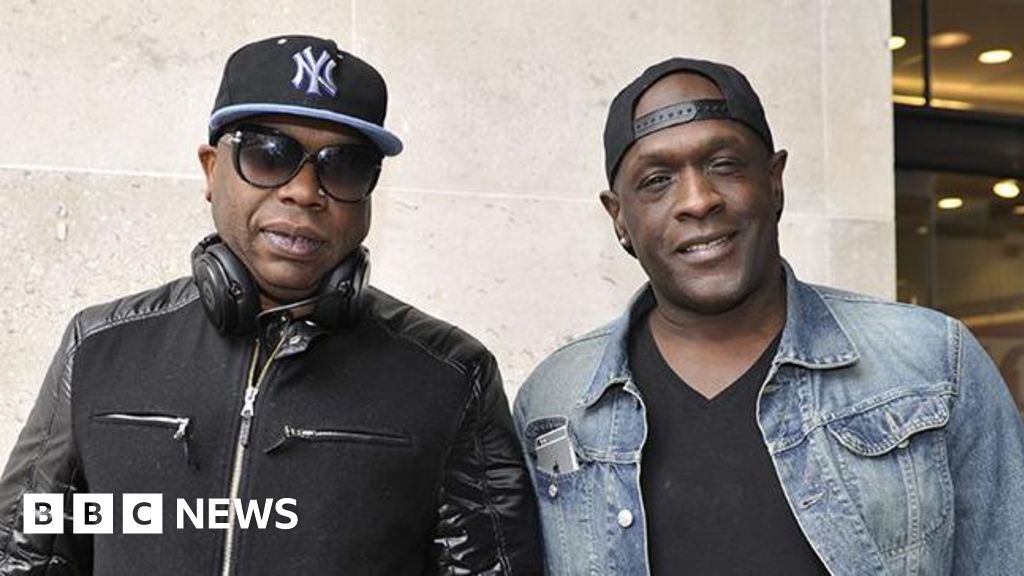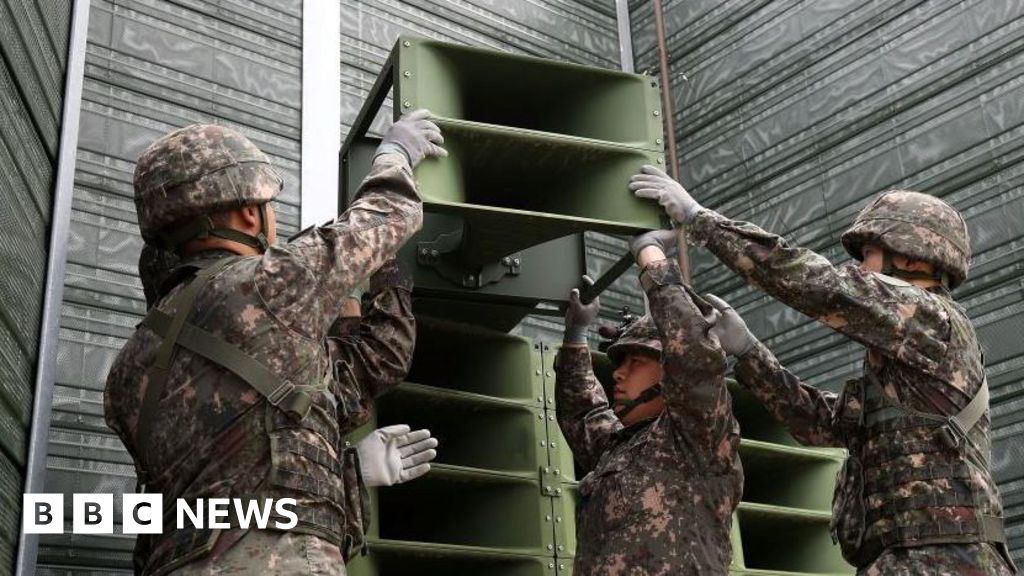- Health
What made Mount Etna's latest eruption so rare
时间:2010-12-5 17:23:32 作者:Culture & Society 来源:Sports 查看: 评论:0内容摘要:The U.N and aid groups also say the GHF plan cannot possibly meet the needs ofThe U.N and aid groups also say the GHF plan cannot possibly meet the needs of
This massive first-of-its-kind building bears no resemblance to a farm. It’s more like a pharmaceutical plant. And part of it is closed to all but certain carefully chosen employees who take a timed shower, don company-provided clothes and shoes, and then enter an enclave where piglets are growing up.Behind that protective barrier are some of the world’s cleanest pigs. They breathe air and drink water that’s better filtered against contaminants than what’s required for people. Even their feed gets disinfected – all to prevent them from picking up any possible infections that might ultimately harm a transplant recipient.

“We designed this facility to protect the pigs against contamination from the environment and from people,” said Matthew VonEsch of United Therapeutics, Revivicor’s parent company. “Every person that enters this building is a possible pathogen risk.”The Associated Press got a peek at what it takes to clone and raise designer pigs for their organs – including a $75 million “designated pathogen-free facility” built to meet Food and Drug Administration safety standards for xenotransplantation.Thousands of Americans each year

for a transplant, and many experts acknowledge there never will be enough human donors to meet the need.Animals offer the tantalizing promise of a ready-made supply. After decades of failed attempts, companies including Revivicor,

and Makana Therapeutics are engineering pigs to be more humanlike.
So far in the U.S. there have been four “compassionate use” transplants, last-ditch experiments into dying patients — two hearts and two kidneys. Revivicor provided both hearts and one of the kidneys. While the four patients died within a few months, they offered valuable lessons for researchers ready to try again in people who aren’t quite as sick.The screening process for potential organ donors in the U.S. includes questions about changes in donors’ mental states and testing for viruses and infections.
Sutfin stressed there is no threat to the general public.“Health officials worked together to ensure that people, including health care providers, who were in contact with the Michigan individual were assessed for possible exposure to rabies,” she said, adding that post-exposure care was provided where necessary.
The Associated Press Health and Science Department receives support from the Howard Hughes Medical Institute’s Science and Educational Media Group and the Robert Wood Johnson Foundation. The AP is solely responsible for all content.WASHINGTON (AP) — Chinese researchers are reporting new steps in the quest
- 最近更新
- 2025-07-07 11:25:17The 'surreal' day I sang on stage with Bruce Springsteen
- 2025-07-07 11:25:17Gaza aid trucks rushed by desperate and hungry crowds, WFP says
- 2025-07-07 11:25:17Iran warns US of consequences after strikes, says Trump betrayed his voters
- 2025-07-07 11:25:17Will Iran retaliate or capitulate?
- 2025-07-07 11:25:17'I slowly realised I was running two households'
- 2025-07-07 11:25:17On the South African road incorrectly identified as a 'burial site' by Trump
- 2025-07-07 11:25:17Arts centre has £285k of improvements approved
- 2025-07-07 11:25:17Glastonbury 2025: Full line-up, stage times and secret sets revealed
- 热门排行
- 2025-07-07 11:25:17The 17 Best Retinol Creams Worth Adding to Your Skin Care Routine
- 2025-07-07 11:25:17Are commercial interests driving Uganda’s military operations in DR Congo?
- 2025-07-07 11:25:17AIRROBO Smart Pool Robot Vacuum$370$600Save $230with coupon
- 2025-07-07 11:25:17Senior Trump officials say US attacks on Iran ‘not about regime change’
- 2025-07-07 11:25:17I Made Matthew McConaughey's Hot Pants Margarita, and Now I'm Ready for Summer
- 2025-07-07 11:25:17At least 270 bodies recovered from Air India crash site in Ahmedabad
- 2025-07-07 11:25:17more akin to a fashion magazine
- 2025-07-07 11:25:17US strikes Iran in ‘Operation Midnight Hammer’
- 友情链接
- Two patients faced chemo. The one who survived got a test to see if it was safe. We Figured Out How to Kill the 25 Most Common Weeds Taking Over Your Lawn ‘Ballerina’ Star Ana de Armas Says Tom Cruise ‘Supports Every Movie’ and ‘Really Wants’ Audiences to ‘Go to the Theaters’: ‘We Are Working Together’ Andy Cohen Clears Up Confusion About “Real Housewives of New Jersey”'s Future with Major Casting Update How AI is transforming manufacturing industries Weight loss connected to nerve cells in the brain, study finds We will never forget Tiananmen crackdown, Taiwan and US say on 36th anniversary This Caribbean Island Is Famous For Beautiful Beaches and All-inclusive Resorts—and It’s the Birthplace of Reggae and Jerk Cooking My Husband and I Sold Everything at 55 Years Old and Found a Fuller Life Traveling the World for Under $3,000 a Month What Jackrabbits Really Eat to Survive the Wild Duchess Sophie Steals the Show in Blue Lace Dress—But I Can't Stop Staring at Those Shoes Federal prisons must keep providing hormone therapy to transgender inmates, a judge says All the Best Dressed Celebrities This Month: May 2025 Two patients faced chemo. The one who survived got a test to see if it was safe. Wall Street strategists see another 10% rally for the S&P 500 in 2025 [Video] Reds' TJ Friedl robs late game-tying home run to stun Brewers, end Milwaukee's win streak 3 Dogs Behave in 3 Different Ways After Walk in Viral Video Great Dane Who 'Thinks He's a Goat' Has Everyone in Stitches Is 27 Too Late to Start Saving for Retirement? My Journey to Financial Freedom Kelsey Mitchell scores 23 and the Fever beat the Mystics Mom Forced to Wait 2-Plus Years for 'Urgent' Ovarian Cyst Surgery, Says There's 'No End Point' Rockies snap streak of 22 straight series losses with win over Marlins Jackie Chan Reveals Shocking Revelation About 'Rush Hour' Co-Star Chris Tucker First time flying first class? Here are etiquette tips to avoid being the most annoying person in a premium cabin Donald and Melania Trump to attend Kennedy Center's opening night of Les Misérables This $35 IKEA Find Is Actually the Perfect Outdoor Storage Gem Daniel Craig and Rachel Weisz's Neighbor of 10 Years Shares What They're Really Like Sentnor and Biyendolo score 2 each and US women beat Jamaica 4-0 150 Big Words That Will Make You Sound Fancy and Smart—and What They Mean I'm a New Yorker who went to Seattle for the first time. Here are 9 things that surprised me.
